Rubber Factory is a contemporary art gallery on New York’s Lower East Side, focusing on conceptual photography that challenges the boundaries of the medium. The gallery opened in 2016, a first for director Mike Tan, who lovingly named it after his family’s rubber factory in Malaysia.
Tan works against the book. His curatorial vision seeks to make visible the processes that underpin the making of the artworks, by engaging stakeholders in the photographic community. Tan nurtures personal relationships with artists, and is always looking to support traditionally underrepresented groups in the art world and artists working towards social change. One of Rubber Factory’s initiatives is holding monthly sessions where both emerging and established photographers can present and talk about their works in progress. As a relatively new gallery exhibiting at Photo London this year, we spoke to Tan about developing Rubber Factory’s photographic collection, and his focus on bringing boundary-pushing artists to the fair.
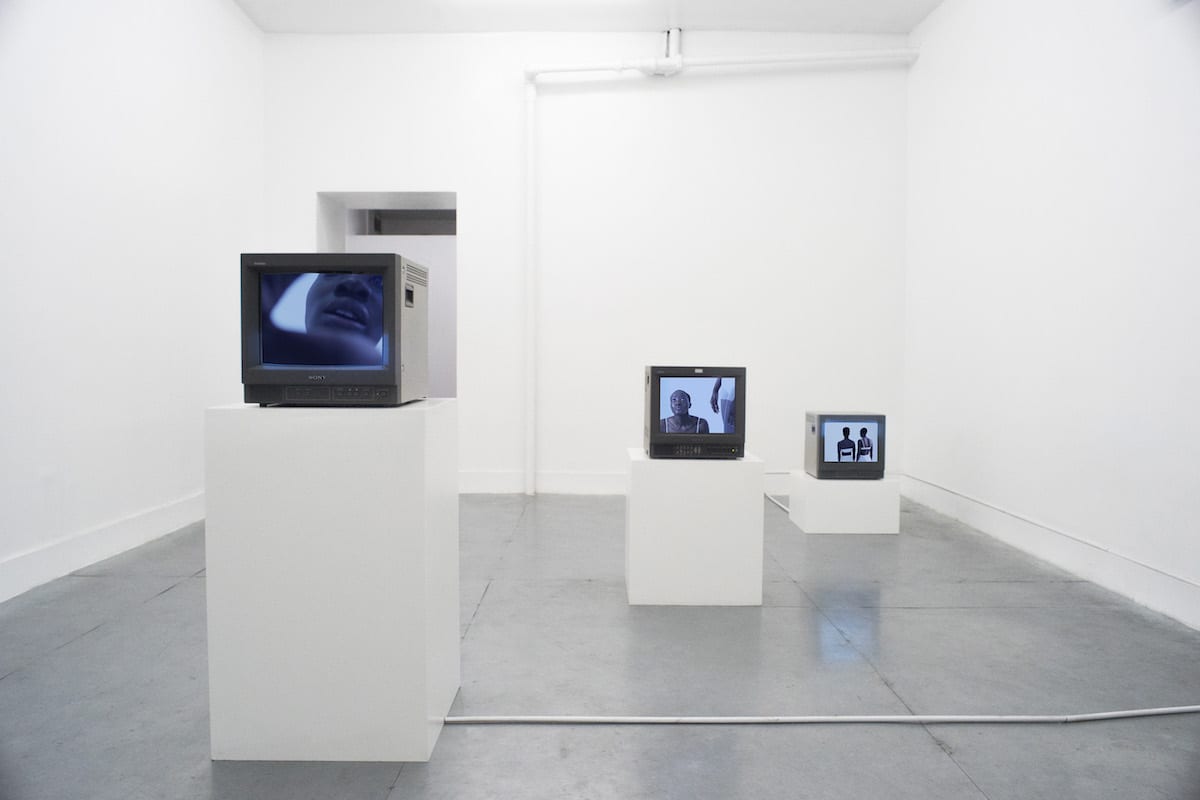
What excites you most about exhibiting your artists at Photo London?
As a gallerist, having the chance to showcase our artists to a diverse international audience is incredibly exciting. Since we work with a lot of emerging artists, an art fair like Photo London is a great platform for curatorial exposure, while also connecting with collectors who might not be familiar with our artists yet.
Which artists’ work will you be showing at Photo London? Why?
We will be exhibiting Pacifico Silano and Arash Fewzee, who are invested in expanding the vernacular of the photograph and are uniquely positioned to contribute to conversations around immigration and LGBTQ rights.
Pacifico’s practice draws heavily on archival gay porn magazines from the 80s, in order to explore the lives of a generation lost to AIDs. The beauty of his quiet works belies a violent, sombre history that is still being resolved. Arash is an Iranian artist making work in America, amidst uncertainty around his own immigration status. Arash’s interest lies in process-driven darkroom techniques, but he interprets the photographic medium through revolutionary art movements such as Dada or the work of Picabia. In both cases, we’re excited to exhibit artists pushing the boundaries of photography in service of revealing complicated or inconvenient truths.
I think contemporary photography can be part of a wider discourse involving social, cultural and even economic theories. As art and photography becomes increasingly linked to luxury or commercialisation, it is even more urgent for us to consider the role of artists beyond producers of material beauty. For example, can art be used as a vehicle to inspire change in society? The photograph has frequently been understood in the past as a document of truth, and this facet of the medium has always been one of its most compelling attributes.
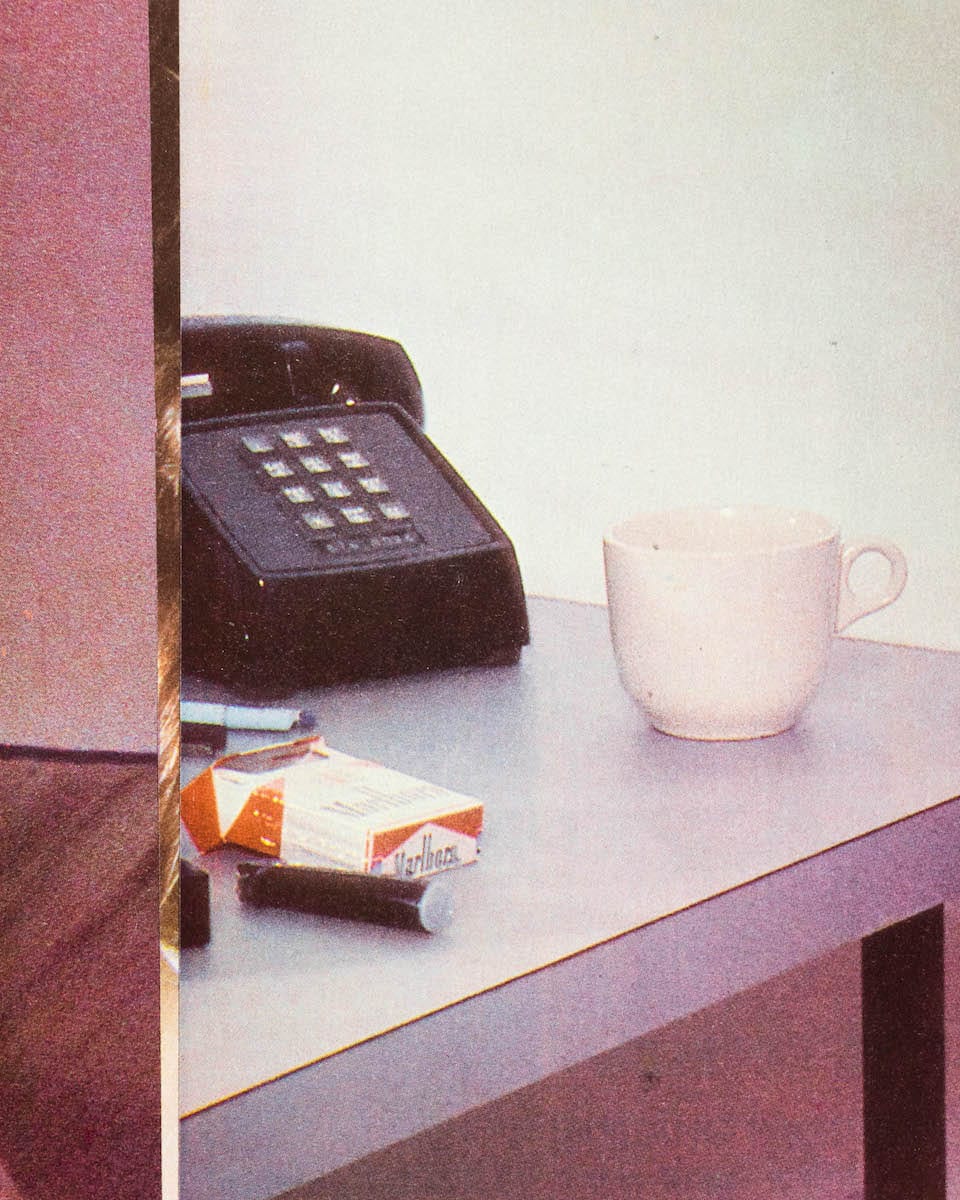
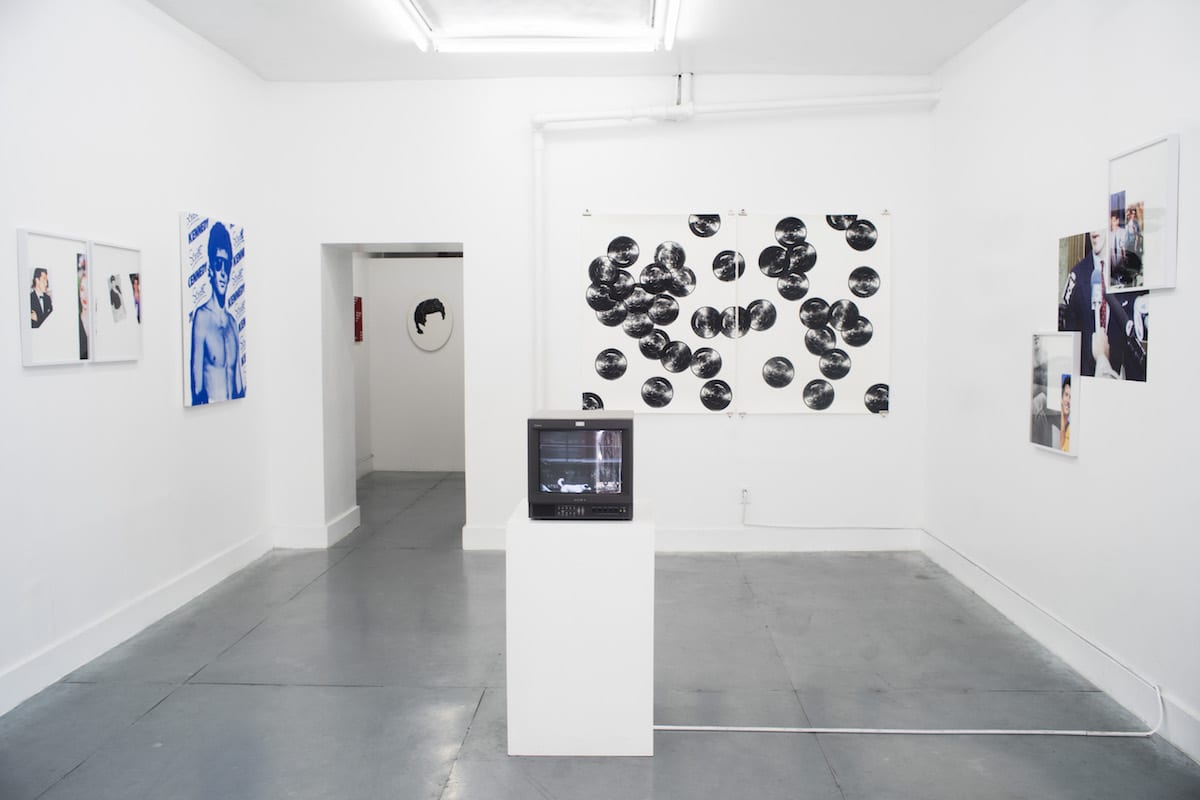
Rubber Factory opened relatively recently in 2016. How did you begin growing your collection of photography?
My own collection started very intuitively, and that intuitive process is paralleled in our curatorial approach to the gallery. I remember being struck by a Daido Moriyama photograph years ago and I couldn’t quite explain why. I had this sort of mystical attraction to the image, which is very important for my personal collection.
Of course, as you begin to build a collection, you start thinking about the general arc of your interests; for example, is there a thematic or stylistic thread? Are there certain demographics I’m missing from my collection? Apart from having a conceptually rich body of work, I think I’ve become more invested in the artists themselves. A question I find myself asking is how to diversify the kinds of artists I collect, so that I’m supporting traditionally underrepresented groups in the art world.
How can new collectors start to develop their photographic knowledge?
I think going to museums and public institutions is the best way to engage with the work. Being outside of a commercial context, it gives the collector time to understand the rich lineage of the photographic medium, while contemplating the exciting new direction photography is taking. There really is no shortcut to developing a keen eye, so patience is key. Apart from that, I would suggest going to lots of artist talks or scheduling studio visits with artists you may be interested in, because having a human connection is essential.
In my experience, every acquisition of new work tends to shape your understanding of your own impulses and sensibilities as a collector. Perhaps this is because you end up living with the artwork, and that is different from viewing it in a museum, gallery or art fair. Part of the great journey of collecting has nothing to do with the art itself, but is reflective of the collector’s own growth. I believe that in a visual cultural context, the photograph and its future potential has never been more powerful or relevant, and collectors have a massive role to play in this by supporting new artists and championing challenging new ideas.
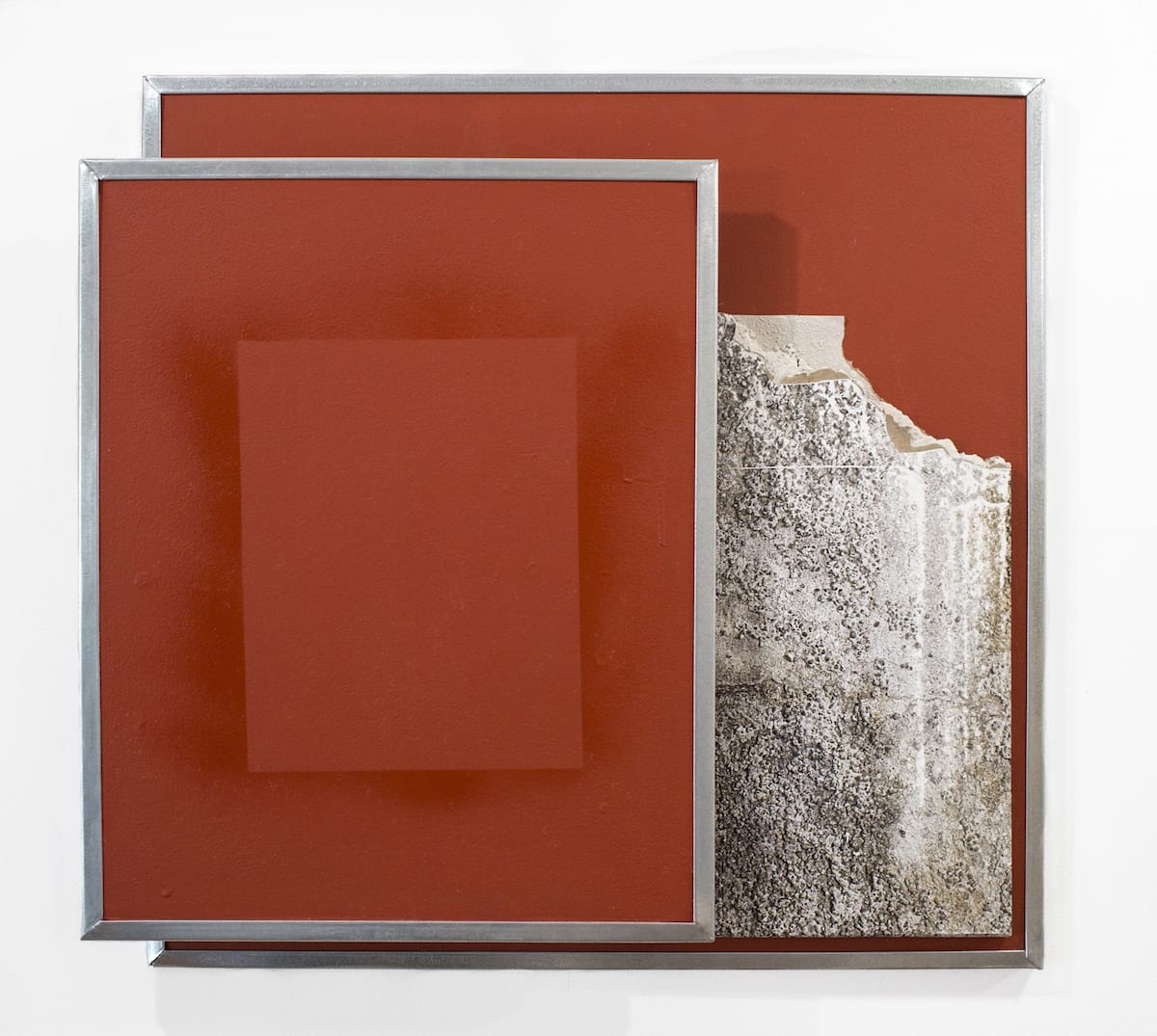
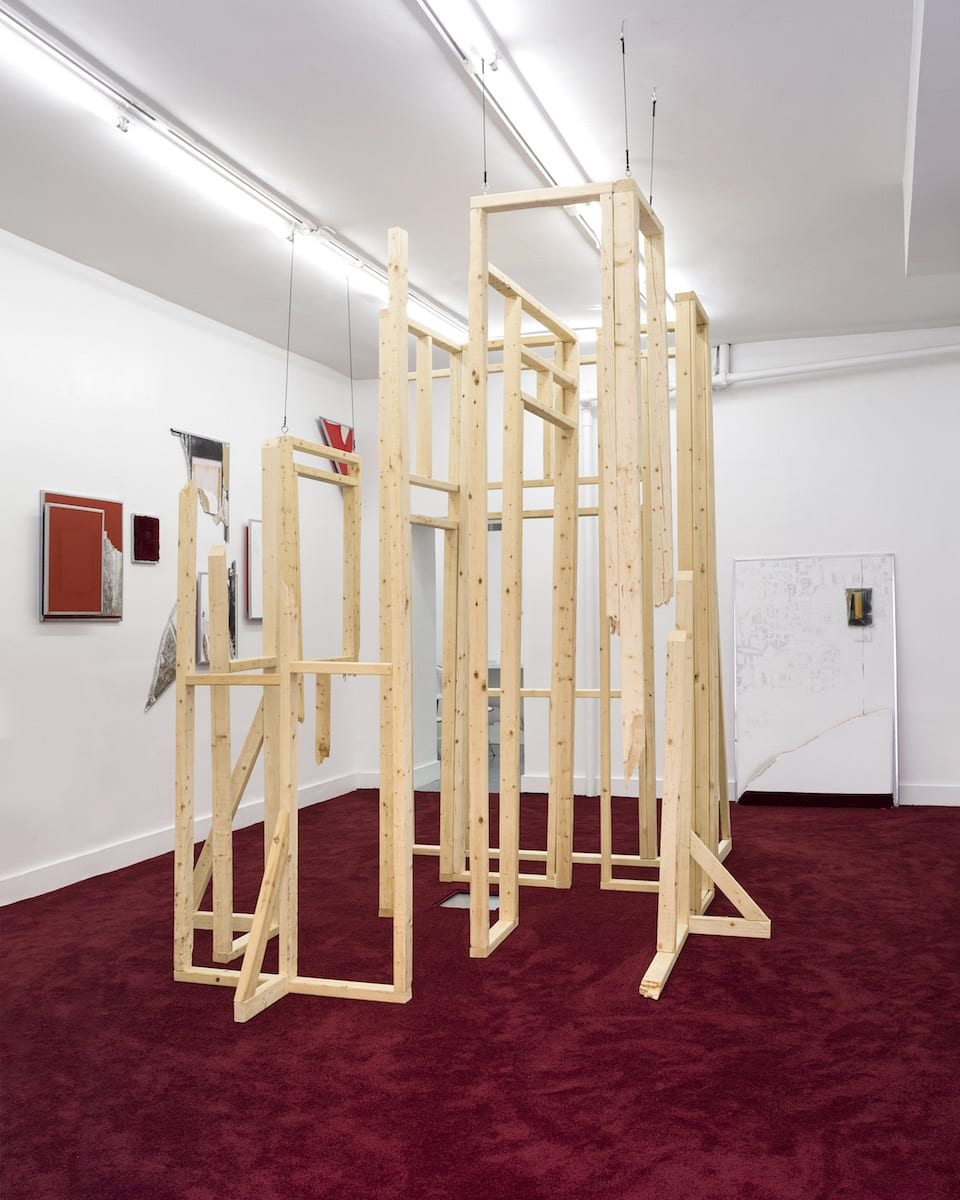
Which contemporary photographic genres would you say are most in demand?
In recent years, I think there has been a wider acceptance of experimental work, especially pertaining to darkroom processes or internet based practices. The cyanotype craze comes to mind, which is a photographic printing process that produces a cyan-blue print. In New York, portraiture has become more important in times of social unrest. But I would say that demand is usually specific to an artist, and I believe that the most challenging, “out there” works, which also draw from other mediums such as painting, sculpture or video, will prevail.
What advice would you give to those starting their own photography collection?
Spend lots of time researching! Read as much as possible, talk to artists and curators, and go to lots of galleries and public institutions to view a wide spectrum of work. Collecting can be an incredibly rich experience if you are invested, not just financially, but personally as well.
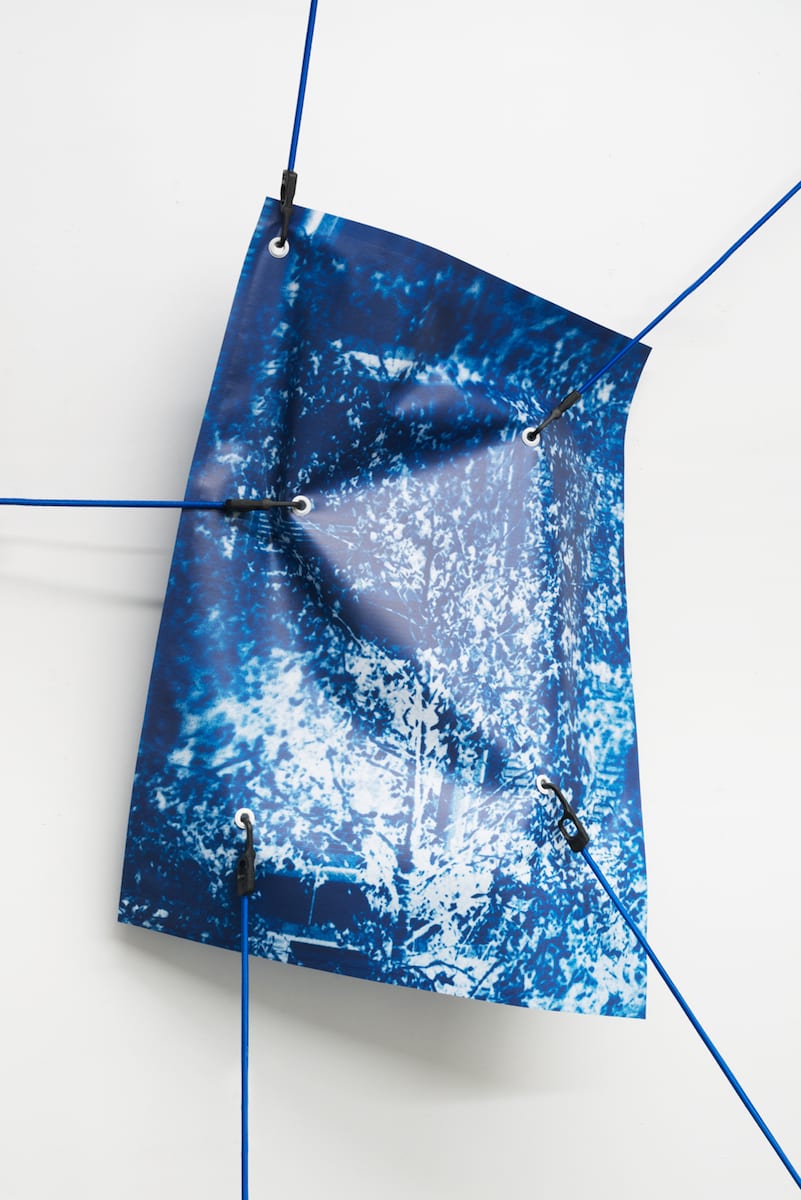
Visit Rubber Factory in D9 Discovery section at Photo London between 17-20 May

